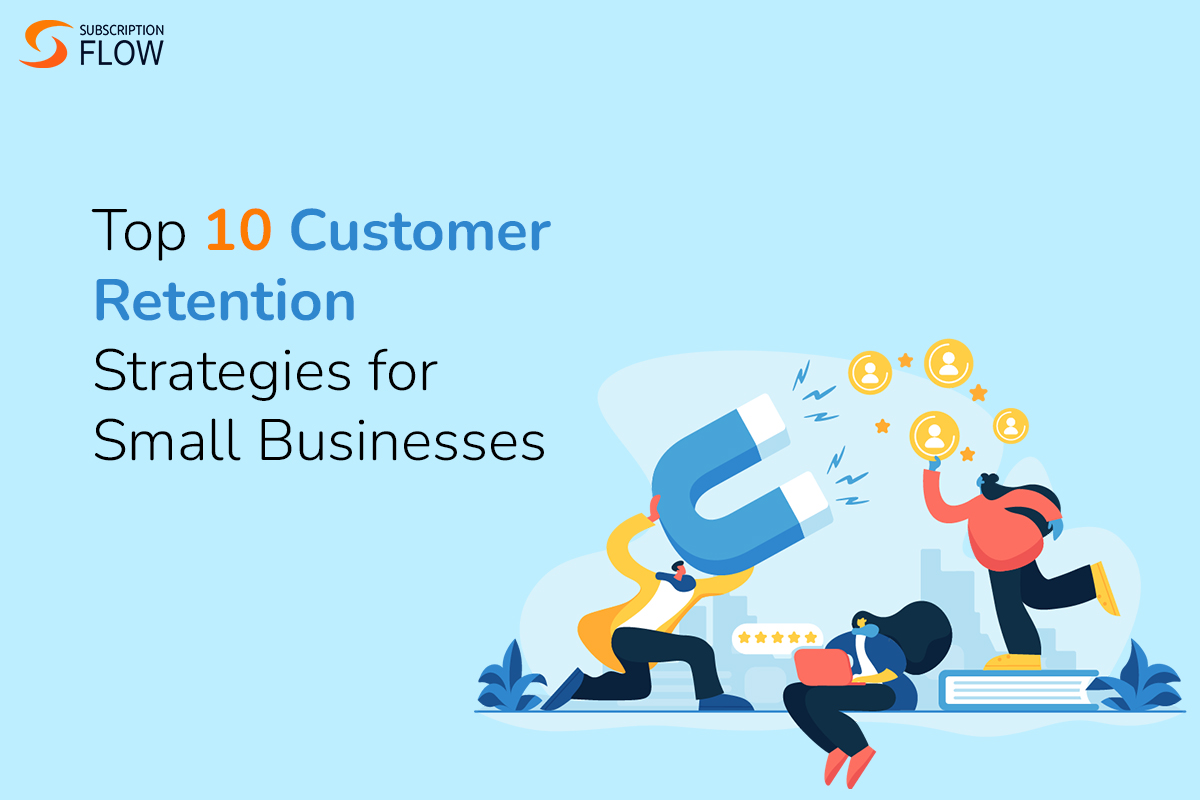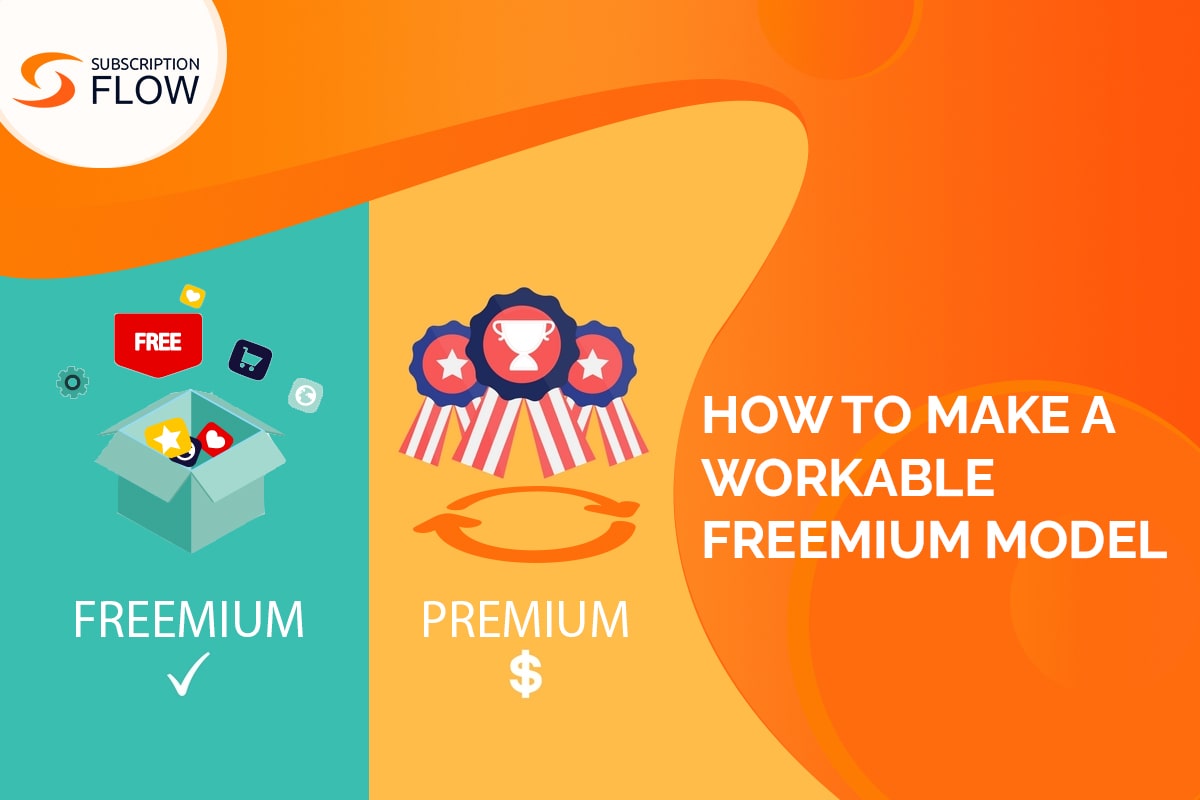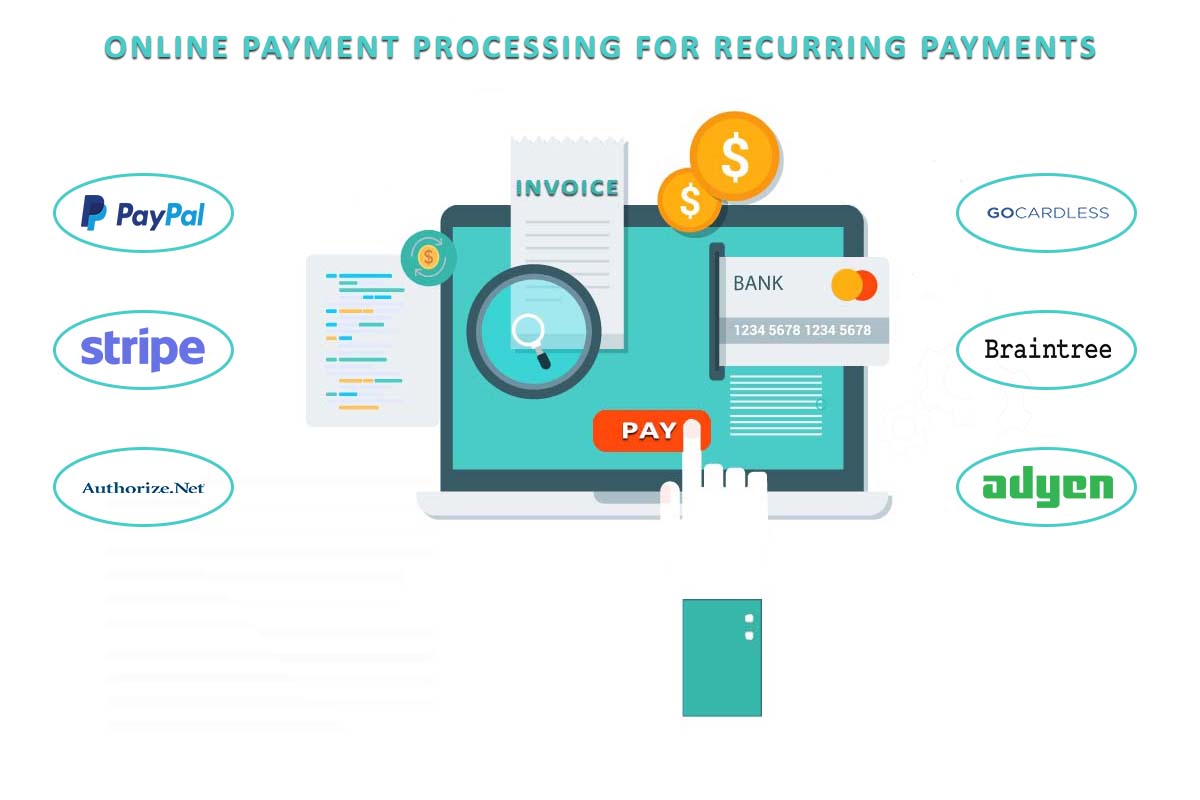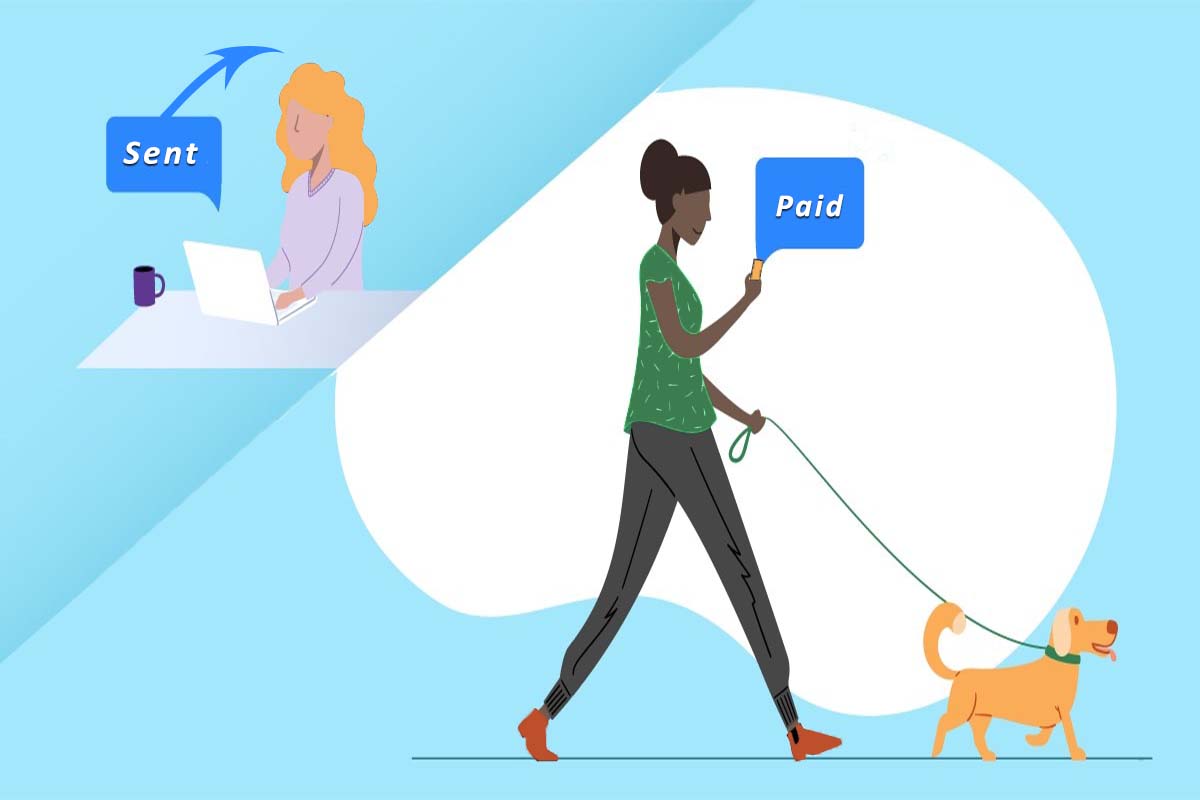
Top 10 Customer Retention Strategies for Small Businesses
For small businesses, customer retention is crucial for long-term success. Acquiring new customers can be expensive and time-consuming, making it essential to focus on retaining existing customers.
A solid customer retention strategy not only boosts profitability but also enhances brand loyalty and advocacy. In this article, we will discuss the top 10 customer retention strategies for small businesses that can keep their customers happy and engaged.
1. Provide Outstanding Customer Service
This one goes without saying: customers stay where their experiences are seamless. Exceptional customer service is the cornerstone of customer retention. Train your employees to go above and beyond to meet customer needs.
This would include responding promptly to inquiries, addressing complaints with empathy, and personalising all interactions. Show your customers that you value their business by delivering a consistently positive experience at every touchpoint.
Read More: Retention & Growth: Winning Tactics for Your Business
2. Build Strong Relationships
Try to cultivate meaningful relationships with your customers, this is sure to create brand loyalty. Interact with your customers through personalized emails, follow-up calls, and social media engagement.
You can also show appreciation to your customers by sending personalized thank-you notes or exclusive offers. By establishing an emotional connection, you make it harder for customers to switch to competitors.
3. Implement a Customer Loyalty Program
Customer retention for small businesses is fundamentally based on how valued they feel as customers and how much value the product/service adds to their lives. A customer loyalty program incentivizes repeat purchases and fosters long-term relationships. It also helps customers see more value in their investment or purchase.
Creating a loyalty program rewards customers for their continued support. Exclusive discounts, freebies, or VIP access to events also add to feeling valued as a customer. The more customers engage with your business, the more rewards they receive, encouraging them to remain loyal.
4. Gather and Act on Customer Feedback
You must regularly collect feedback from your customers to understand their needs and expectations. Use surveys, feedback forms, or social media polls to gather insights.
Analyzing the feedback can help you make necessary improvements to your products, services, or processes. Retention software for small businesses like SubscriptionFlow can help carry this out. Demonstrating that you listen and respond to customer feedback builds trust and strengthens relationships.
5. Provide Personalized Experiences
In the age of customization, personalized experiences are highly valued by customers. Leverage customer data to tailor your offerings. Use segmentation to send targeted emails or recommend products based on past purchases.
Personalization shows that you understand your customer retention strategies for small businesses and their preferences, making them more likely to stick around. Subscription management software can help startups and SMEs study customer behaviour and approach them accordingly. This ensures you give your customer exactly what they need.
6. Stay Connected through Content Marketing
Content marketing is a powerful tool for customer retention. Creating valuable content such as blog posts, videos, or podcasts that educate, entertain, or solve problems for your target audience makes them feel connected and more informed.
Try to regularly share this content through various channels to stay top-of-mind with your customers. It helps build trust and relationships by positioning the company as an industry expert and consistently delivering valuable content.
When customers trust a brand, they are more likely to remain loyal. Content marketing also meets customer expectations for relevant and engaging content, which strengthens the bond between the customer and the brand. In addition, it encourages repeat engagements by keeping the brand top-of-mind through regular content distribution. This increases the chances of repeat purchases and interactions.
By analyzing customer data through retention software for small businesses, businesses can tailor content to individual preferences, demonstrating their understanding of customer needs and enhancing overall satisfaction.
Read More: The Roadmap to Success: The Customer Retention Dashboard
7. Offer Exceptional Post-Purchase Support
The relationship with a customer shouldn’t end after the purchase. Provide exceptional post-purchase support to ensure customer satisfaction. Offer clear instructions, product warranties, and hassle-free return policies. Promptly address any post-purchase issues or concerns. By going the extra mile, you show customers that you care about their experience beyond the sale.
Post-purchase support is crucial for customer retention due to several reasons. Firstly, it ensures customer satisfaction by addressing any concerns or issues they may have encountered, thus increasing overall satisfaction. Secondly, it builds trust and confidence in your brand, as customers feel reassured knowing that you care about their experience beyond the sale.
Thirdly, efficient post-purchase support helps resolve issues promptly, reducing the likelihood of customer churn. By promptly addressing problems, you increase the chances of retaining customers and preventing them from switching to competitors.
Additionally, post-purchase support provides opportunities for upselling and cross-selling. By assisting customers with their inquiries or issues, you can identify their needs and recommend relevant products or services that complement their initial purchase, increasing customer retention and revenue per customer.
Positive post-purchase experiences can lead to word-of-mouth recommendations, enhancing your brand’s reputation and attracting new customers while retaining existing ones.
Lastly, post-purchase support maximizes customer lifetime value by increasing the chances of repeat purchases, upselling, and cross-selling. Retaining customers over the long term is more cost-effective than constantly acquiring new ones, making post-purchase support essential for sustainable growth.
8. Encourage Referrals and Reviews
Satisfied customers can become your brand ambassadors. Encourage them to refer your business to their friends and family by offering referral incentives. Additionally, ask customers to leave reviews and ratings on platforms like Google, Yelp, or social media. Positive reviews and recommendations can significantly impact the decisions of potential customers.
Referrals and reviews play crucial roles in customer retention. They establish trust and credibility for the brand through social proof, influencing others’ purchasing decisions. Word-of-mouth recommendations from satisfied customers have a powerful impact on retention. Additionally, referrals and reviews increase customer engagement and foster loyalty.
They provide valuable feedback for improvement, demonstrating a commitment to customer satisfaction. Moreover, referrals and positive reviews deepen the emotional connection between customers and the brand, strengthening their loyalty. Overall, leveraging referrals and reviews helps businesses enhance customer retention rates and cultivate a loyal customer base.
9. Foster a Community
Build a community around your brand where customers can interact with each other and share their experiences. Create online forums, and social media groups, or host events where customers can connect and engage. By fostering a sense of belonging, you create loyal customers who feel connected to your brand beyond the products or services.
Fostering a community is essential for customer retention for small businesses. It creates a sense of belonging, allowing customers to connect with like-minded individuals and feel part of something larger. Engaging with the community cultivates strong emotional ties to the brand, increasing loyalty.
Communities provide platforms for interactions and conversations, deepening relationships and keeping customers engaged.
They also offer valuable customer support, empowering individuals and enhancing satisfaction with the brand. User-generated content from the community serves as social proof and marketing material. Additionally, communities can turn customers into brand advocates who promote the business and attract new customers.
10. Stay Innovative and Competitive
Innovation is key to staying ahead in today’s competitive marketplace. Continuously improve your products, services, and customer experience. Stay updated on industry trends and offer new features or enhancements that add value for your customers.
By being innovative, you differentiate yourself from competitors and give customers a reason to stay. If your product/service is unique, your customer base is less likely to churn and turn to your competitors. So, never cheap out on the R&D budget!
Implementing Customer Retention Strategies for Small Businesses with Subscription Management System
A Subscription Management System (SMS) can significantly contribute to helping your customer retention strategy. Here are some key ways in which an SMS helps in retaining customers:
1. Creating Seamless Experiences
An SMS streamlines the subscription process, making it easy for customers to sign up, manage, and modify their subscriptions. By providing a user-friendly interface and self-service options, an SMS enhances the overall customer experience.
When customers have a smooth and hassle-free subscription experience, they are more likely to continue their subscription and remain loyal to the brand.
2. Offering Personalization and Customization
An effective SMS allows businesses to personalize and customize subscription offerings based on customer preferences and behaviour. It enables targeted marketing campaigns, tailored product recommendations, and personalized communication.
By delivering relevant and personalized content and offers, an SMS enhances customer engagement and satisfaction, leading to higher retention rates.
3. Meeting Client Needs & Building Loyalty
With an SMS, customers have the flexibility to manage their subscriptions according to their changing needs. They can easily upgrade or downgrade their subscription plans, add or remove products/services, adjust delivery schedules, or pause and resume their subscriptions.
This flexibility empowers customers, giving them a sense of control over their subscriptions. When customers have the freedom to customize their subscriptions, they are more likely to continue the relationship with the brand.
4. Automated Billing and Payment Management
An SMS automates billing and payment processes, ensuring accurate and timely transactions. It provides customers with convenient payment options and sends automated reminders for upcoming renewals.
By simplifying the billing process and reducing friction, an SMS minimizes customer frustrations and increases retention rates. Customers are more likely to stay engaged when their billing and payment experiences are seamless and hassle-free.
5. Customer Insights and Analytics
An SMS provides businesses with valuable customer data and analytics. It offers insights into customer behaviour, preferences, and engagement patterns. By analyzing this data, businesses can identify opportunities for upselling, cross-selling, and personalized marketing initiatives.
This data-driven approach helps improve customer retention strategies, allowing businesses to proactively address customer needs and enhance the overall customer experience.
Read More: How to Be Creative with Retention and Growth Strategies for Your SaaS with SubscriptionFlow
Final Word
Customer retention is vital for the success of small businesses. By implementing these top 10 customer retention strategies for small businesses, you can cultivate loyal customers who will continue to support your business for a lifetime.
Subscription management software like SubscriptionFlow can help you implement your retention strategies even better. Book a demo with us to find out more!










